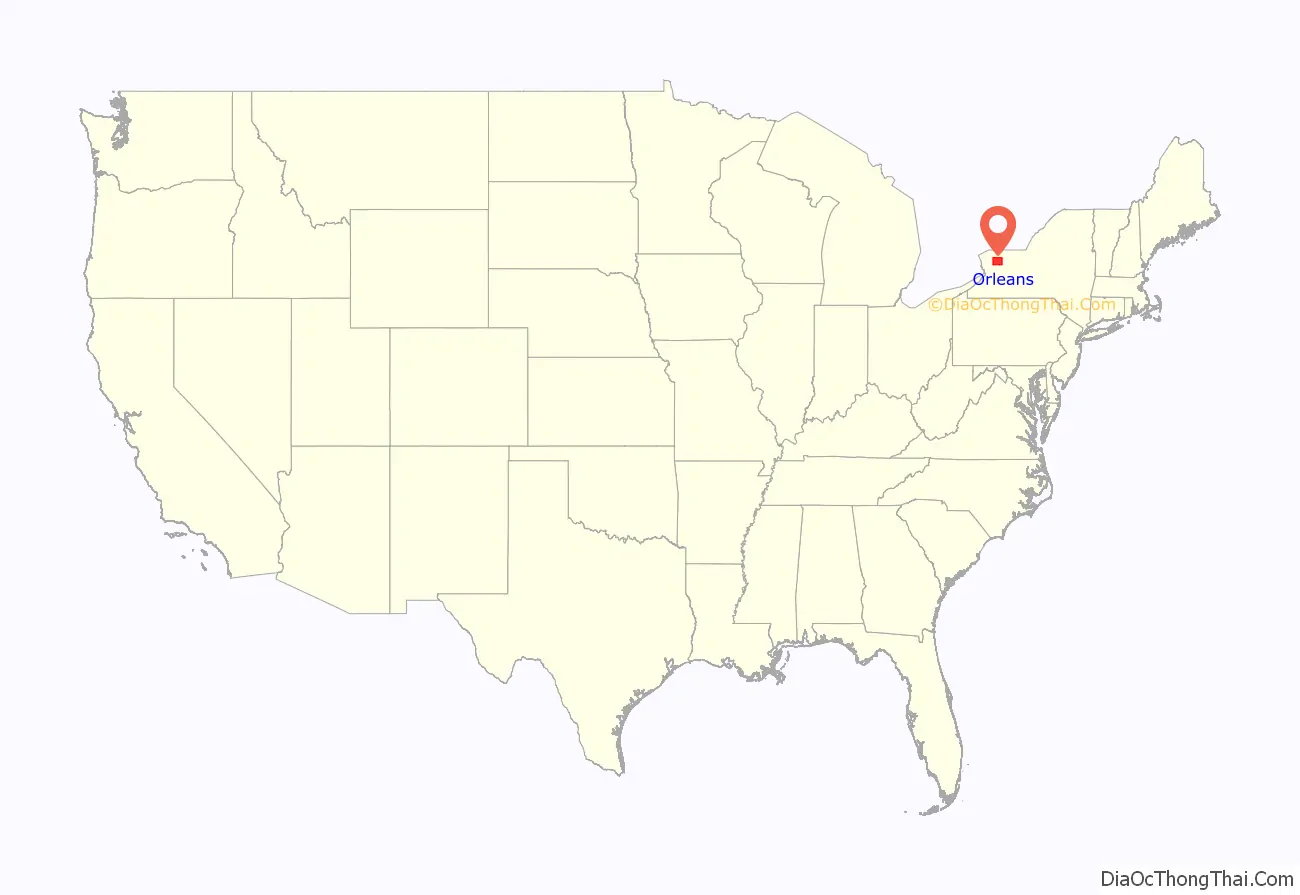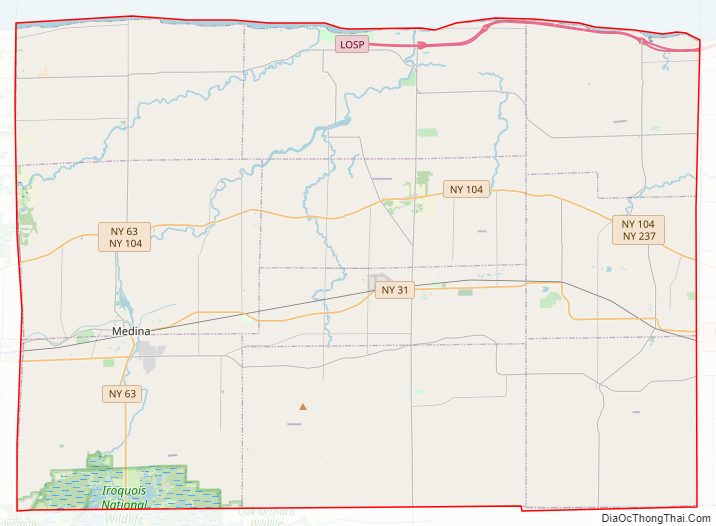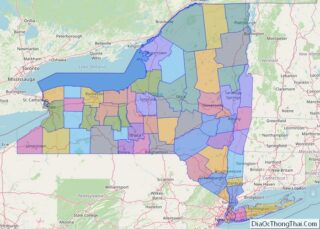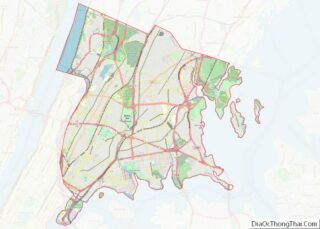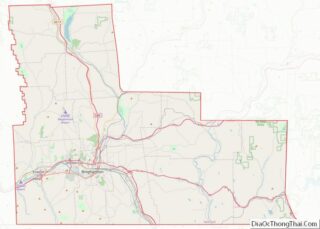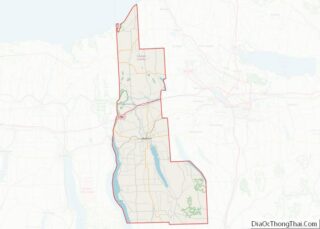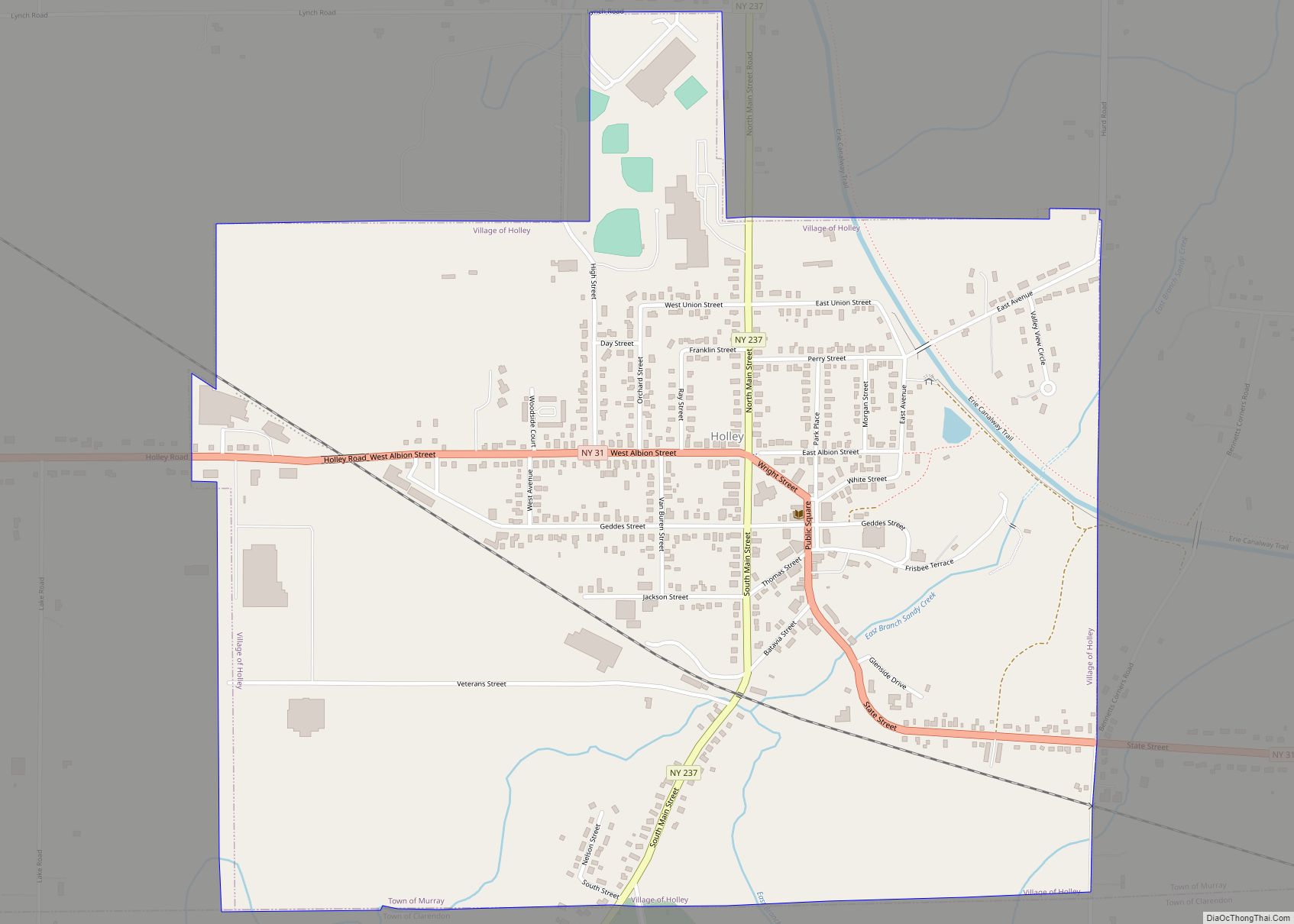Orleans County is a county in the western part of the U.S. state of New York. As of the 2020 census, the population was 40,343. The county seat is Albion. The county received its name at the insistence of Nehemiah Ingersoll though historians are unsure how the name was selected. The two competing theories are that it was named to honor the French Royal House of Orleans or that it was to honor Andrew Jackson’s victory in New Orleans.
Located on the south shore of Lake Ontario, Orleans County since the late 20th century has been considered part of the Rochester, NY Metropolitan Statistical Area.
| Name: | Orleans County |
|---|---|
| FIPS code: | 36-073 |
| State: | New York |
| Founded: | 1824 |
| Named for: | House of Orléans |
| Seat: | Albion |
| Total Area: | 817 sq mi (2,120 km²) |
| Land Area: | 391 sq mi (1,010 km²) |
| Total Population: | 40,343 |
| Population Density: | 103/sq mi (40/km²) |
| Time zone: | UTC−5 (Eastern) |
| Summer Time Zone (DST): | UTC−4 (EDT) |
| Website: | orleanscountyny.com |
Orleans County location map. Where is Orleans County?
History
When counties were established by the British authorities in the province of New York in 1683, the present Orleans County was part of the territory of Albany County. This was an enormous county, including the northern part of present-day New York State as well as all of the present State of Vermont and, in theory, extending westward to the Pacific Ocean. This county was reduced in size on July 3, 1766, by the creation of Cumberland County, and further on March 16, 1770, by the creation of Gloucester County, both containing territory now in Vermont.
On March 12, 1772, the remaining Albany County was split into three parts, one remaining under the name Albany County. Tryon County contained the large western portion (and thus, since no western boundary was specified, theoretically still extended west to the Pacific). The eastern boundary of Tryon County was approximately five miles west of the present city of Schenectady, and the county included the Mohawk River valley, the western part of the Adirondack Mountains and the area west of the West Branch of the Delaware River. The area then designated as Tryon County now includes 37 counties of New York State. The county was named for William Tryon, colonial governor of New York. This western area was occupied largely by the Onondaga, Oneida and other western nations of the Iroquois Confederacy. The westernmost European settlements were in the area of Little Falls and present-day Herkimer.
During the unrest prior to the outbreak of the American Revolutionary War, feelings ran high in the Mohawk Valley, and there were local attacks by rebels against known Loyalists. Most of Tryon County’s Loyalists fled to Canada before 1776, where they were later granted land by the Crown to develop what is now Ontario.
In 1784, following the peace treaty that ended the American Revolutionary War, Tryon County’s name was changed to Montgomery County to honor the general, Richard Montgomery. He had captured several places in Canada and died attempting to capture the city of Quebec. It replaced the name of the now hated colonial British governor. In 1789, Ontario County split off from Montgomery. During this period, thousands of migrants settled in the western part of the state from New England and eastern New York resulting in the creation of more counties.
In 1802, Genesee County was created by splitting Ontario County. Genesee County was then divided into Allegany County in 1806, Cattaraugus, Chautauqua, and Niagara Counties in 1808, Ontario, Livingston, and Monroe Counties in 1821, and finally Orleans County in 1824.
When Orleans County was formed in 1824, a dispute arose about naming it after President Andrew Jackson or President John Adams. During and following the Napoleonic era in France, numerous French refugees came to New York, some settling in the upstate areas.
Orleans County Road Map
Geography
According to the U.S. Census Bureau, the county has a total area of 817 square miles (2,120 km), of which 391 square miles (1,010 km) is land and 426 square miles (1,100 km) (52%) is water.
The high proportion of water is due to the extension of Orleans County north into Lake Ontario to the Canada–US border (a line of latitude running through the middle of the lake). The distance from the Orleans shore north to the international border is greater than the distance from the shore south to the Genesee County line, meaning the area of Orleans under water is greater than that above water.
Orleans County is in western New York State, northeast of Buffalo and west of Rochester, on the southern shore of Lake Ontario.
The Erie Canal passes (east–west) through the middle of the county. When its construction was completed in 1824, it attracted new settlers to the largely rural county. Trade and passenger traffic stimulated the development of local businesses.
Adjacent counties
- Monroe County – east
- Genesee County – south
- Niagara County – west
Major highways
- New York State Route 18
- New York State Route 31
- New York State Route 63
- New York State Route 98
- New York State Route 104
- Lake Ontario State Parkway
National protected area
- Iroquois National Wildlife Refuge (part)
State protected areas
- Lakeside Beach State Park
- Oak Orchard State Marine Park
- Oak Orchard Wildlife Management Area
- Tonawanda Wildlife Management Area
